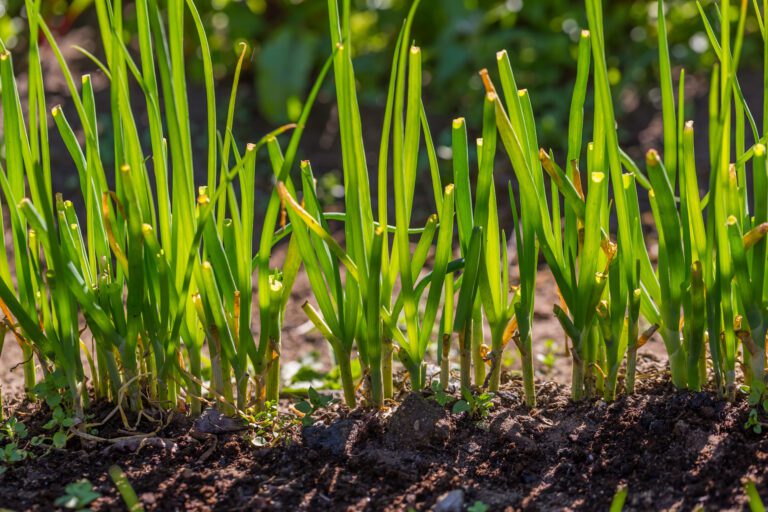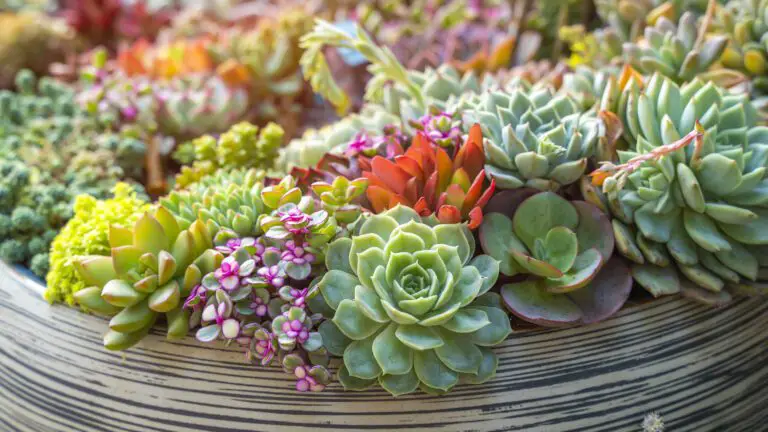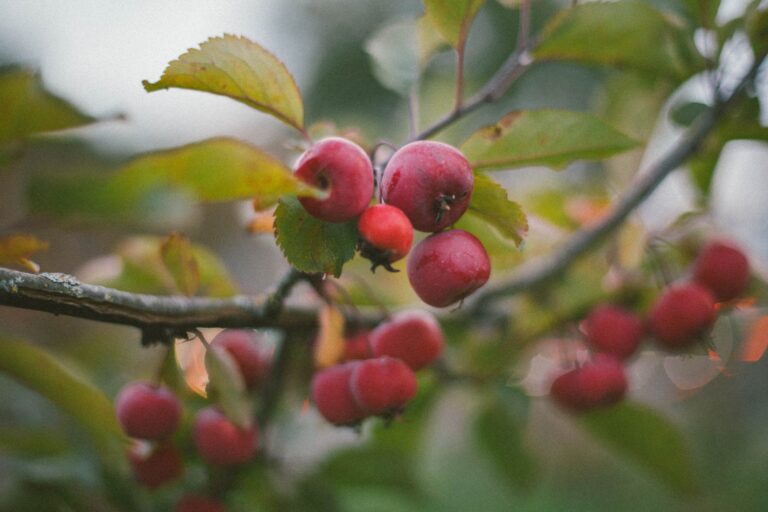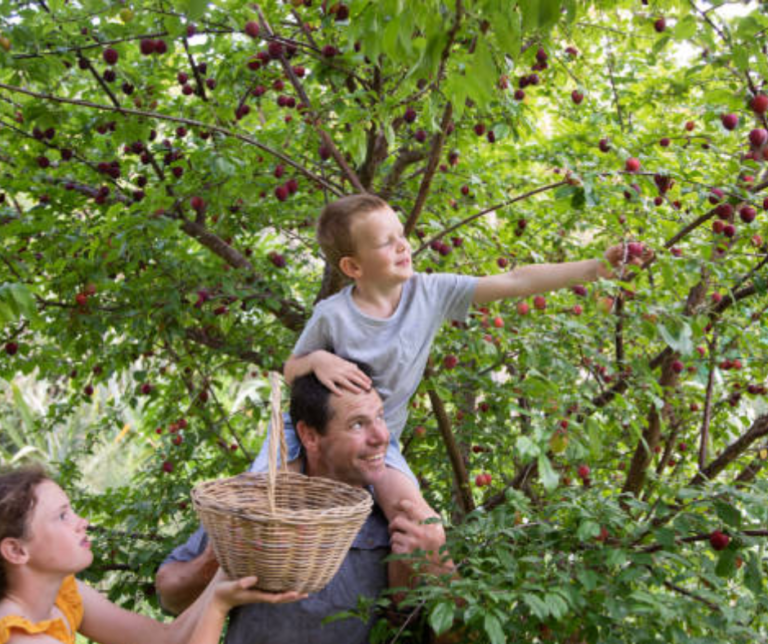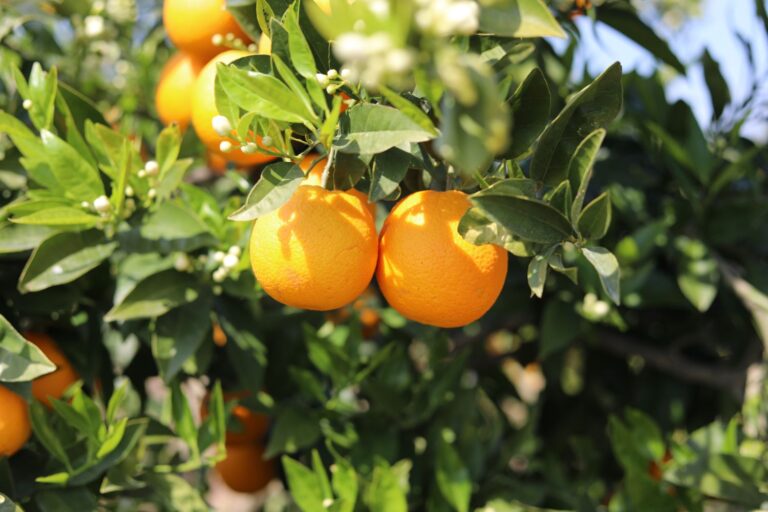Shade Vegetables: 27 Options for Low-Light Vibrant Gardens
Table of Contents
Best Shade Vegetables for Shady Gardens
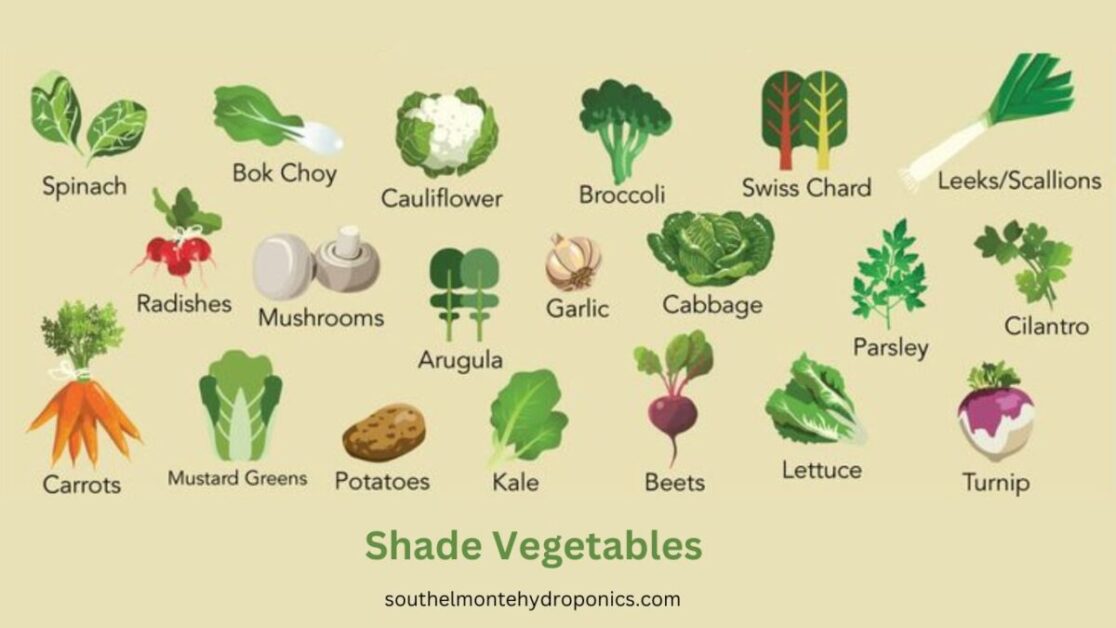
When it comes to selecting the best Shade Vegetables for shady gardens, it’s essential to choose varieties that are well-suited to lower light conditions. Leafy greens such as spinach, kale, and lettuce are excellent choices for shaded areas as they can thrive with less direct sunlight compared to other Shade Vegetables. These greens are packed with essential nutrients and are relatively low-maintenance, making them ideal for gardeners looking to cultivate in darker corners of their outdoor space.
Additionally, root Shade Vegetables like radishes, beets, and carrots can also perform well in shady environments. These vegetables focus their energy underground, making them more adaptable to areas with limited sunlight. Root vegetables are not only nutritious additions to your diet but also can add variety and color to your garden, even in shadier spots. By selecting the right vegetables for your shaded garden, you can enjoy a bountiful harvest while making the most of your growing space.
Understanding the Different Light Levels in Gardens
When it comes to gardening, understanding the various levels of light exposure in your garden is crucial for the successful growth of plants. Light intensity can vary greatly depending on factors such as the orientation of your garden, nearby structures casting shadows, and the time of day. Full sun areas typically receive six or more hours of direct sunlight daily, making them ideal for sun-loving plants like tomatoes and peppers.
Partial sun areas receive around four to six hours of sunlight and are suitable for a wide variety of vegetables such as lettuce, kale, and radishes. Lastly, shaded areas receive less than four hours of direct sunlight and are best suited for plants that thrive in low-light conditions, like leafy greens and herbs.
Different plants have varying light requirements, so it’s essential to match the light levels in your garden with the appropriate vegetables to ensure optimal growth. Some Shade Vegetables, like cucumbers and squash, need plenty of sunlight to produce fruit, while others, such as spinach and mint, can tolerate more shade. By assessing the light levels in your garden and choosing plants that align with these conditions, you can create a flourishing garden that maximizes the available sunlight for each crop’s specific needs.
How to Determine if Your Garden Gets Enough Sunlight Shade Vegetables
To determine if your garden receives adequate sunlight for vegetable growth, it is essential to observe the sun’s path throughout the day. Start by monitoring your garden space from early morning until late afternoon to assess how much sunlight it receives. Keep note of any shadows cast by buildings, trees, or other structures that may obstruct sunlight at different times. Additionally, consider the orientation of your garden in relation to the sun, as south-facing areas generally receive the most sunlight, while north-facing spots may be more shaded.
Another method to evaluate sunlight levels in your garden is by using a sunlight calculator or meter. These tools can provide precise measurements of the amount of sunlight reaching your garden throughout the day. By using a sunlight calculator, you can gather valuable data on the intensity and duration of sunlight in different areas of your garden, helping you make informed decisions about plant placement and selection.
Benefits of Growing Shade Vegetables in Shade Vegetables Areas
Shaded areas in gardens often present unique opportunities for growing a variety of Shade Vegetables that thrive in lower light conditions. While sunlight is essential for the photosynthesis process, some Shade Vegetables have adapted to flourish with less direct sunlight. These shaded environments can provide a cooler, more protected growing space that benefits certain plants, especially during hot summer months. Additionally, growing Shade Vegetables in shaded areas can help conserve water as the soil tends to retain moisture better in these conditions, reducing the need for frequent watering and conserving resources.
Furthermore, shaded gardens can offer a diversity of Shade Vegetables for cultivation, allowing gardeners to experiment with different crops that may not necessarily thrive in full sun. By strategically placing shade-tolerant vegetables in these areas, gardeners can enhance the overall productivity of their garden and extend their growing season. Embracing the benefits of shaded gardening opens up a world of possibilities for cultivating a wide range of Shade Vegetables and reaping the rewards of a bountiful harvest even in less sunny spots.
Tips for Growing Shade Vegetables in Low-Light Environments
In low-light environments, choosing the right Shade Vegetables can make all the difference in the success of your garden. Opt for leafy greens like spinach, kale, and lettuce, which are known to thrive with limited sunlight. These Shade Vegetables have adapted well to such conditions and can still produce an abundant harvest without full sun exposure.
Root vegetables, such as carrots, beets, and radishes, are also great options for low-light environments. Their ability to focus on below-ground growth makes them more tolerant of shady spots. These vegetables can develop well-formed roots even with reduced sunlight, providing you with a bountiful supply of nutritious produce from your garden.
Leafy Greens That Thrive in Shade Vegetables Conditions
Leafy greens are excellent choices for gardeners dealing with shady conditions. These versatile plants not only tolerate lower light levels but also offer a range of textures and flavors to diversify your harvest. Some popular leafy greens that thrive in shady environments include kale, spinach, and arugula. These hardy greens are packed with essential nutrients like vitamins A, C, and K, making them a nutritious addition to any meal.
In addition to traditional choices, consider exploring more unique leafy greens that excel in shady spots. Swiss chard, with its vibrant stalks and earthy flavor, is a standout option for low-light gardens. Asian greens such as bok choy and tatsoi are also excellent choices, adding a touch of international flair to your dishes. By incorporating a variety of leafy greens into your shaded garden, you can create a visually appealing and nutritionally rich harvest year-round.
Root Shade Vegetables That Can Handle Less Sunlight
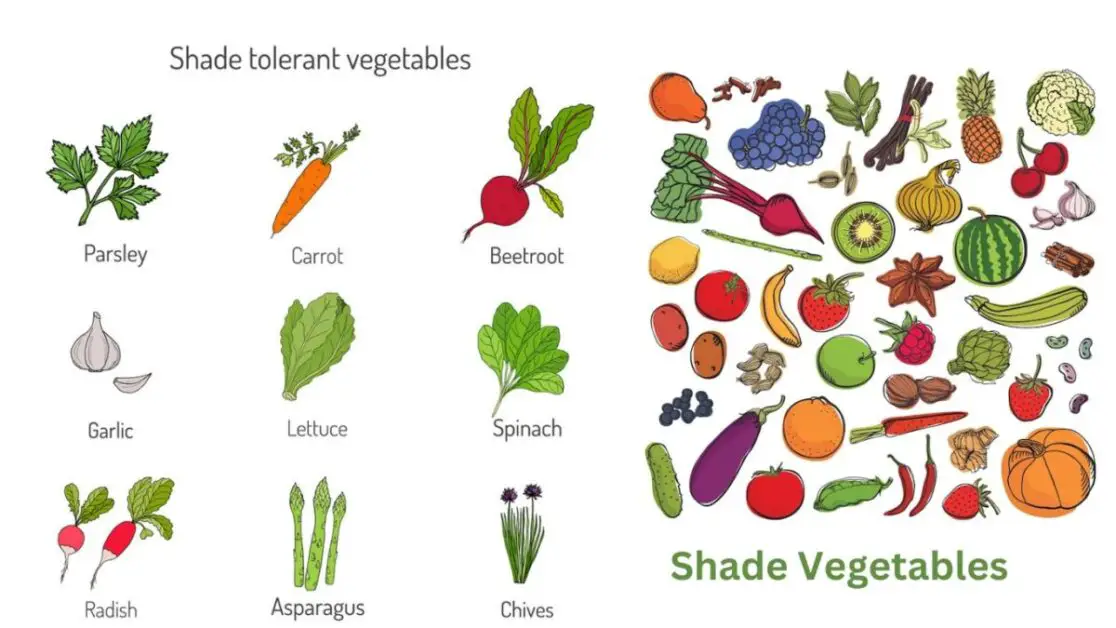
Root vegetables are known for their ability to thrive in less sunlight compared to other types of vegetables. They have adapted to absorb nutrients and moisture efficiently from the soil, making them suitable for low-light environments. Some root vegetables that can handle less sunlight include carrots, beets, and radishes. These Shade Vegetables are not only resilient to shade but also provide a variety of nutrients such as vitamins, minerals, and fiber, making them a valuable addition to any garden.
Carrots, in particular, are a popular choice for shady gardens due to their versatility and high nutritional content. They can be grown in containers or directly in the ground, making them a flexible option for various garden setups. Beets, with their vibrant colors and earthy flavors, are another excellent choice for low-light conditions. Their greens are also edible and rich in vitamins A and K, adding extra value to this root vegetable. Radishes are known for their quick growth and peppery taste, making them a favorite among gardeners looking to harvest fresh produce in shady areas. With proper care and attention to soil quality, these root Shade Vegetables can thrive and provide a bountiful harvest even in less sunny spots.
Herbs That Can Be Grown in Low-Light Gardens
In low-light garden environments, growing herbs can be a rewarding venture for gardeners looking to add fresh flavors and aromas to their dishes. While many herbs thrive in full sun, there are some varieties that can adapt well to shady conditions. One such herb is mint, known for its vigorous growth and ability to tolerate shade. Mint can be grown in containers or directly in the ground, making it a versatile option for low-light gardens. Its vibrant leaves can be used in a variety of culinary creations, from teas to cocktails to savory dishes.
Another herb that can flourish in shady spots is parsley. With its rich green foliage and delicate flavor, parsley is a staple in many kitchens around the world. It is a biennial herb that can be harvested continuously, providing a fresh supply of leaves for garnishes, salads, and sauces. Parsley is relatively low-maintenance and can adapt well to partial shade, making it a great choice for gardeners looking to cultivate herbs in areas with limited sunlight.
Fruiting Shade Vegetables for Shaded Areas
Growing fruiting Shade Vegetables in shaded areas can be a challenge, but with the right selection and care, it is possible to enjoy a bountiful harvest. One excellent option for shaded gardens is tomatoes. While they do require some sunlight to thrive, there are varieties that can tolerate partial shade. Look for determinate varieties that produce fruit earlier in the season to take advantage of the limited sunlight in shaded areas.
Another fruiting vegetable that can do well in shady spots is peppers. Peppers are known for their versatility in cooking and come in various shapes, sizes, and heat levels. Opt for varieties that are specifically bred for container gardening or low-light conditions to ensure a successful harvest. With proper soil preparation and regular watering, you can enjoy a steady supply of fresh, flavorful peppers even in shaded garden areas.
Unique Shade Vegetables That Prefer Shady Spots
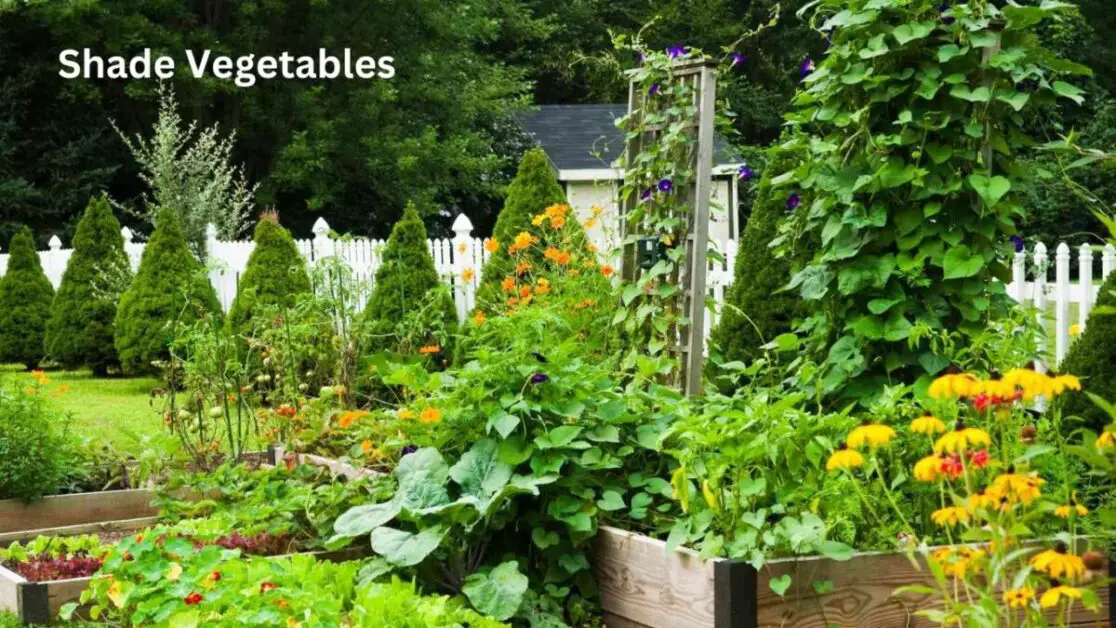
If you’re looking to add a unique touch to your shaded garden, consider growing the vibrant Swiss chard. This leafy green not only thrives in lower light conditions but also offers a colorful addition to your garden with its rainbow of stems and dark green leaves. Swiss chard is not only visually appealing but is also packed with nutrients, making it a fantastic addition to your meals.
Another fantastic option for shady spots is the earthy and versatile beetroot. This root vegetable is known for its ability to withstand less sunlight, making it a great choice for those darker corners of your garden. Beets are not only delicious and nutrient-rich but also add a pop of color with their vibrant hues. Consider incorporating some beetroot into your shaded garden for a tasty and visually appealing harvest.
Creative Ways to Maximize Light in Shade Vegetables Gardens
To maximize light in shaded gardens, strategic placement of reflective surfaces can be a game-changer. Mirrors or light-colored walls can bounce sunlight onto lower levels of plants, enhancing their overall exposure. Additionally, consider investing in solar-powered garden lights or LED grow lights to supplement natural light and extend your plants’ growing time.
When planting in shaded areas, opting for vertical gardening techniques like trellises, hanging baskets, or stacked planters can help plants reach for available light. By training plants to grow upwards instead of sprawling out, you can optimize the light they receive. Moreover, regularly pruning surrounding trees or shrubs to allow filtered sunlight to penetrate through can significantly improve the lighting conditions for your garden.
Container Gardening Options for Low-Light Environments
Container gardening can be a fantastic solution for those looking to grow Shade Vegetables in low-light environments. When choosing plants for containers in shady spots, it’s essential to opt for varieties that are more tolerant of reduced sunlight. Some suitable options include leafy greens like spinach, arugula, and lettuce, which thrive in shadier conditions and can be grown effectively in containers with proper care and maintenance. These greens not only offer nutritional benefits but also add beauty to your garden with their vibrant hues and textures.
Another great choice for container gardening in low-light environments is certain herbs that do well with less sunlight. Herbs such as mint, parsley, and chives can withstand shady conditions, making them ideal candidates for container planting in areas with limited sun exposure. By growing these herbs in containers, you can easily move them around to capture whatever sunlight is available, ensuring they receive the necessary light for healthy growth and flavor development. Experimenting with different herbs in containers can enhance your culinary experiences while maximizing your garden space effectively.
Companion Planting for Shaded Vegetable Gardens
Companion planting in shaded vegetable gardens can be a strategic way to optimize plant growth and enhance overall garden health. By carefully selecting plant combinations that complement each other’s needs, gardeners can create a harmonious ecosystem where each plant thrives in its shaded environment. For example, planting shade-tolerant herbs like mint or chives alongside leafy greens such as spinach or lettuce can offer mutual benefits, as the herbs can provide some protection from pests while the greens benefit from the extra shade.
Another effective pairing for shaded vegetable gardens is the combination of root Shade Vegetables like carrots or beets with nitrogen-fixing plants such as peas or beans. The nitrogen-fixing plants help replenish the soil with essential nutrients, promoting healthy root development in the neighboring Shade Vegetables. This symbiotic relationship can lead to improved yields and healthier plants overall, making companion planting a valuable technique for optimizing production in low-light environments.
Common Mistakes to Avoid When Growing Shade Vegetables in the Shade
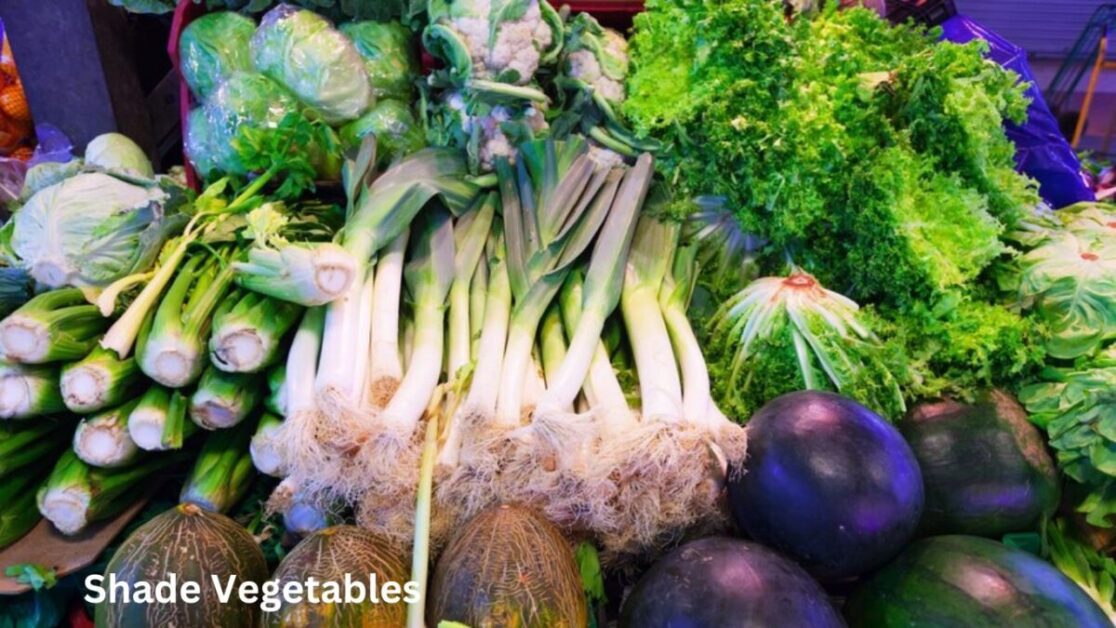
When growing vegetables in shaded areas, there are common mistakes that gardeners often make that can hinder the success of their crops. One mistake to avoid is planting sun-loving vegetables in low-light environments. Vegetables like tomatoes, peppers, and cucumbers require ample sunlight to thrive and produce a good yield. Placing these plants in shady spots will result in stunted growth and poor fruit development.
Another common mistake is overcrowding plants in shaded gardens. While it might be tempting to maximize space, overcrowding can lead to competition for sunlight, water, and nutrients among the plants. This can weaken their growth and make them more susceptible to diseases and pests. It’s important to give each plant enough room to spread out and receive the limited sunlight available in shaded areas for optimal results.
Here’s a simple table listing some common shade vegetables:
| Vegetable | Description |
|---|---|
| Spinach | Leafy green vegetable rich in iron and vitamins |
| Kale | Nutrient-dense green with a slightly bitter taste |
| Arugula | Peppery leafy green often used in salads |
| Swiss Chard | Colorful leafy green with a slightly salty taste |
| Broccoli | Nutrient-rich cruciferous vegetable |
| Cauliflower | Mild-flavored cruciferous vegetable |
| Brussels Sprouts | Small, cabbage-like vegetables packed with nutrients |
| Bok Choy | Mild-tasting Asian green, often used in stir-fries |
These vegetables are suitable for growing in partial shade conditions, making them ideal choices for gardeners with limited sunlight exposure.
Success Stories of Gardeners with Shady Vegetable Gardens
Gardening in shaded areas can present unique challenges, but with the right knowledge and approach, success stories abound among dedicated gardeners. Take Mary, for example, who transformed a dimly lit corner of her backyard into a thriving vegetable garden. By carefully selecting shade-tolerant plants and strategically placing reflective surfaces to maximize available light, Mary now enjoys a bountiful harvest of leafy greens and root vegetables year-round.
Another inspiring tale is that of Carlos, a passionate gardener who harnessed the power of companion planting to optimize his shaded vegetable garden. By interspersing his crops with compatible plant species that promote growth and deter pests, Carlos created a harmonious ecosystem that significantly boosted the productivity of his garden. Through experimentation and a deep understanding of plant interactions, he has cultivated a diverse array of fruits, vegetables, and herbs in what was once considered a challenging growing environment.
Can I grow tomatoes in a Shade Vegetables garden?
While tomatoes prefer full sunlight, there are some varieties that can tolerate partial shade. Look for cherry tomatoes or varieties specifically bred for lower light conditions.
Are there any flowering plants that can be grown in a shady vegetable garden?
Yes, there are some edible flowers like nasturtiums, pansies, and violets that can thrive in shady environments and also attract beneficial insects to your garden.
How can I increase sunlight in my shady garden?
You can prune back overhanging trees or shrubs, use reflective materials to bounce light onto plants, or even consider installing a small mirror or solar light to redirect sunlight.
Can I use artificial grow lights in a shady vegetable garden?
Yes, you can use grow lights to supplement natural sunlight in a shady garden. Make sure to choose the right type of grow light for the specific needs of your plants.
What are some non-traditional vegetables that do well in shady gardens?
Some unique vegetables that can thrive in shady spots include watercress, sorrel, and mâche. These greens are shade-tolerant and add variety to your harvest.


